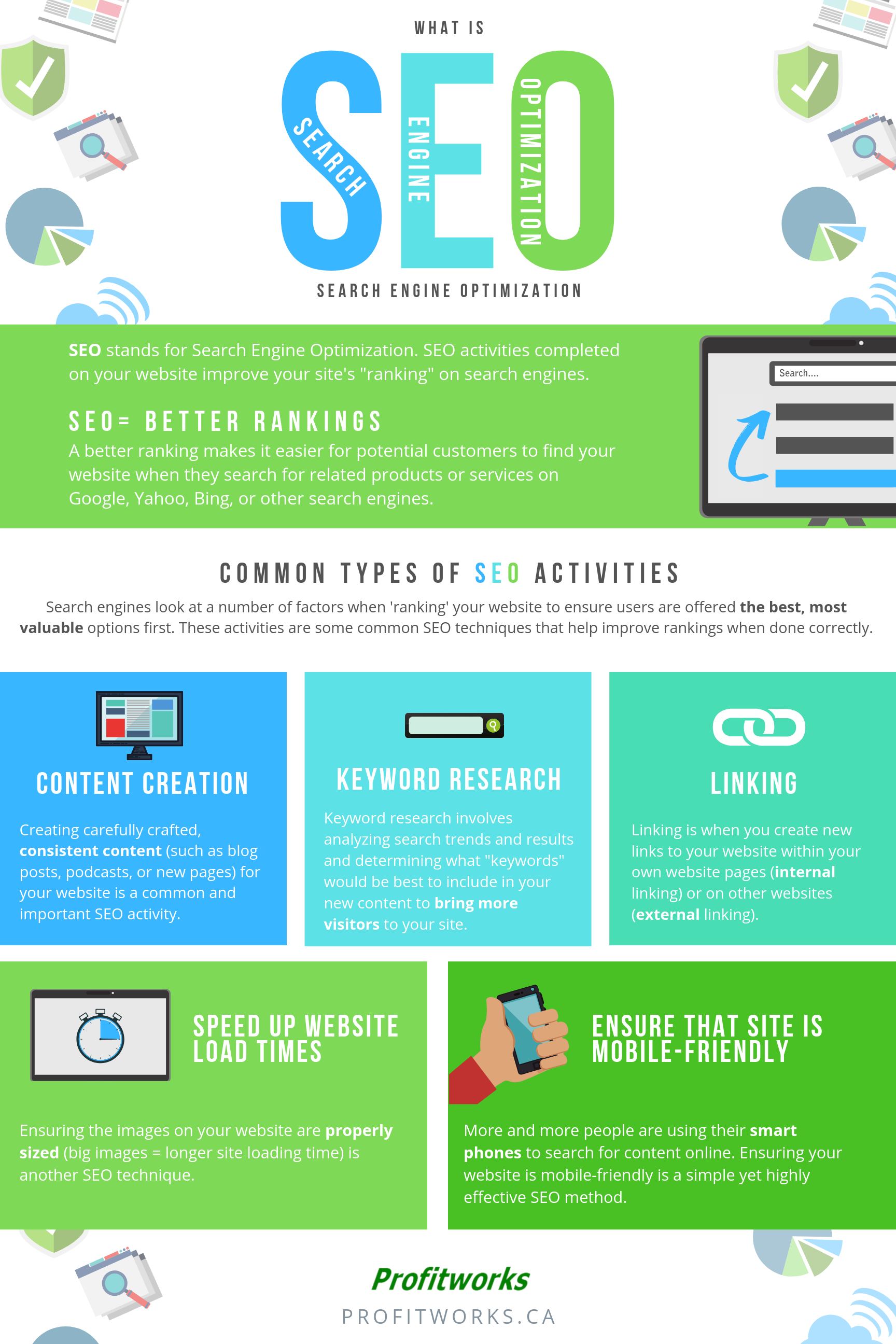- Details
- Uncategorised
Targeted Keyword Research
When you work with Profitworks, we'll start by doing a comprehensive audit on your website to evaluate your overall presence online. This is essentially a "health check" for your website to determine where your site's strengths and weaknesses lie. Our team of web experts with assess the health of your website and highlight the immediate problems that need fixing as well as the less-detrimental factors having an impact on your site.
Modern search engines use complex algorithms, indexed by robots, that are designed to understand how humans think when they perform a search. Our strategies are all rooted in data and analytics to make you visible in these engines for the keywords that are relevant to your product or service.
Our keyword research services are available as part of our Local SEO packages as well as à la carte. For pricing information, click here.
Our Keyword Research Includes:
- Target Audience Evaluation
- Competitor Keyword Research
- Identification of Keyword Relevance & Volume
- Research of Long Tail Search Term
- Identification of Purchase-Relevant Terms
- Focus on User Location
- Keyword Mapping
- Keyword Tracking
Reasons For Keyword Research:
Keyword research is designed to help you better understand your target audience and what search terms they are using to find a product or service like yours. By identifying these key terms, you can completely optimize your site for your target audience's search intent and develop a content strategy that answers the questions they're asking.
You should consider professional keyword research services if:
- Your website is not generating traffic or traffic is declining
- High bounce rates
- Poor visitor engagement, traffic not converting to leads
- Competitors are outranking you
- You have not developed a content strategy
Never miss a customer again!
We're ready to help you improve your online presence and turn website traffic into sales. To get started, click on the button below and one of your team members will be in contact with you shortly.
- Details
- Uncategorised
Are you finding that your business's website is not driving the leads and sales that is should? Is your website failing to show up for the key search phrases that your customers are looking for? Are your competitor's websites continually outranking yours?
Are you just not sure what to do about it or even where to start?
These are common problems that business owners face when it comes to search engines. In today's market, if you are looking to grow revenue, solid search engine optimization of your company website is essential to success. Profitworks is here to help you solve these problems. At Profitworks we continually work with you to improve your marketing strategy.
Our E-commerce SEO Services Include:
- Start-up Website Audit
- Targeted Keyword Research
- Keyword Tracking
- Content Optimization
- Content Planning
- Webpage Copywriting
- On & Off-Page Optimization
- Strategic Link Building
- Business Directories
- Google Maps Optimization
- Analysis & Reporting
- Phone and Email Support
Why Is SEO Important?
- SEO consistently ranks as the 2nd highest return on investment marketing channels, next only to referrals1
- On average SEO generates an ROI of 275%2
- 70% of the links users click on are organic not paid ads3
- 70-80% of users don't look at the paid ads4
- According to a case study done by Marketing Sherpa, "Overall content marketing strategy leads to 2,000% lift in blog traffic, 40% boost in revenue5
- 75% of search engine users never scroll past the first page6
What You Will Find With Our SEO Services
Profitworks is composed of a hard working, diligent team of SEO experts whose passion is to help businesses become the leader in their market.
Our services are relationship based, with face to face interactions. We don't hide behind computers.
We are small enough to care about each and every one of our clients. At the same time, we are also big enough to have the resources and an entire team of specialized experts to able to successfully achieve significant results for our clients.
We are hard working, transparent, diligent and have a strong passion for what we do.
- Details
- Uncategorised
What Is SEO - Search Engine Optimization
SEO = Better Rankings
Within the world of marketing, you may have heard the term SEO (Search Engine Optimization). But what exactly does that mean? Simply put, SEO is the process of making your website easier to find on search engines. Good SEO helps improve your website's "ranking" on Google, Yahoo, Bing, and other search engines. When your website is easier to find on a search engine, more people will go to your website. Not sure how much that's worth?
Well, according to a Backlinko study that analyzed 5 million search results, Google rankings makes a big difference. Did you know that the #1 listed organic (non-paid) search result on Google is 10x more likely to get a click than the result listed in the #10 position? As well, the #1 ranked result on Google has an average click through rate (CTR) of 31.7%!
If your website ranks on the first page of Google, that's great. And the higher up on the page - well, that's even better. Good SEO helps you get better rankings.
What Is SEO - An Infographic
SEO Activities To Help Your Website Rankings
Improving your website's SEO is often the main goal for marketers. However, it's also important to remember that SEO is not just one thing. It's actually a variety of activities that all work together to help your website rank well on search engines.
Search engines like Google care about giving their users the best experience. They want to ensure that the top results for each search provide the user with the best websites. So, if for example, you search for "used cars in Kitchener," Google wants to make sure that the very first result you get is a reliable company that offers used cars in Kitchener!
Here are some SEO strategies that help websites rank better on search engines.
Content Creation
Creating new, consistent, high-quality content for your website is an important part of SEO. For example, if you own a bakery, you may want to post once or twice a week on your website about certain types of pastries, unique recipes, or information for customers who are looking for a bakery within your service area.
Keyword Research
What are people typing into Google or other search engines to find products or services similar to yours? Keyword research will help you find relevant search topics that potential customers in your area are likely to type in.
After you complete keyword research, you can create content on your website that includes those keywords. For example, if you found that "birthday cakes in Kitchener" was a popular keyword, you might create a page on your bakery's website that was called "Birthday Cakes in Kitchener."
Linking
To see how relevant your website is, search engines such as Google also take a look at internal and external linking. Linking is pretty much what it sounds like! It simply means online links that exist to your website. For example, if an online newspaper wrote about the bakery and included a link to the bakery's website home page, that is a link! Quality links let search engines know that your website is relevant, since other people seem to think so!
Better Website Load Times
Website load times are probably more important than you think! Did you know that an on annual basis, a single 1-second load time delay can lead to $2.5 million missed revenue if your company averages $100,000 a day? If your load time takes up to 6 seconds, it can increase the bounce rate (the chance that someone will click 'back' out of your website) by 106 percent! Good SEO will do things like optimize images and perform site load tests to make sure your website is not affected by poor load times!
Ensures Website is Mobile-Friendly
In 2019, more and more people are using their smartphones to access websites. Since 2017, around 50% of all online traffic comes from mobile devices! Good SEO techniques include ensuring your website is mobile-friendly. This can include testing how your website performs on mobile devices, and even creating alternative webpage versions that are specifically designed for mobile visitors.
Want To Learn More About SEO?
Did you know that 70-80% of people ignore paid search results, choosing to click on organic results instead? That's just one of the reasons why great SEO is so important for your website. Whether you are a small business just starting out, or a larger business that has a few years under your belt, improving your website's SEO can make a huge difference.
At Profitworks, we have over 15 years of marketing experience, serving small businesses across the Kitchener-Waterloo area, Southern Ontario, and North America. We can help you improve your website's SEO and so much more. Interested in becoming the leader in your market?
- Details
- Uncategorised
Industries We Serve




SEO For Plumbers SEO For General Contracting SEO For HVAC Services SEO For Home Renovation




SEO For Cabinetry SEO For Cleaning Services SEO For Automative Repair SEO For IT Services
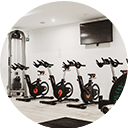



SEO For Physiotherapy SEO For Landscaping SEO For Dentists SEO For Daycares




SEO For Masonry SEO For Vacation Rentals SEO For Business Signage SEO For Fencing and Decking
- Details
- Uncategorised

For any business, having a solid marketing strategy is incredibly important, especially when it comes to growing a list of leads. If you're new to the world of digital marketing, though, marketing your custom home building business may feel intimidating. As a custom home builder, you're offering a niche, high-cost service that your audience may never know about if you lack an online presence, which is why it's so important to create a digital marketing plan that builds awareness and trust.
In this post, we're going to walk you through some of the key aspects of digital marketing by sharing some of the most important steps you can take to promote your business online. By the end of this post, we hope that you feel inspired to start designing and building a digital marketing plan that will rival your latest custom home!
Looking for more support in marketing your custom home building business? We know that managing a marketing strategy while also managing operations for a business can be challenging. Our team can help. Contact us today to find out how we can build your digital brand while you focus on building your business!
Digital Marketing for Custom Home Building Businesses
Claim Your Google My Business Listing.
Claiming your business' listing on Google is one of the first things you should do when looking to promote your business online. Not only will this increase the likelihood of your business appearing in potential customers' search results, but it will also improve your credibility in the eyes of customers who find your listing. Having the ability to showcase your business name, website, phone number, address, hours, and customer reviews will improve the customers' perception of your business as legitimate.
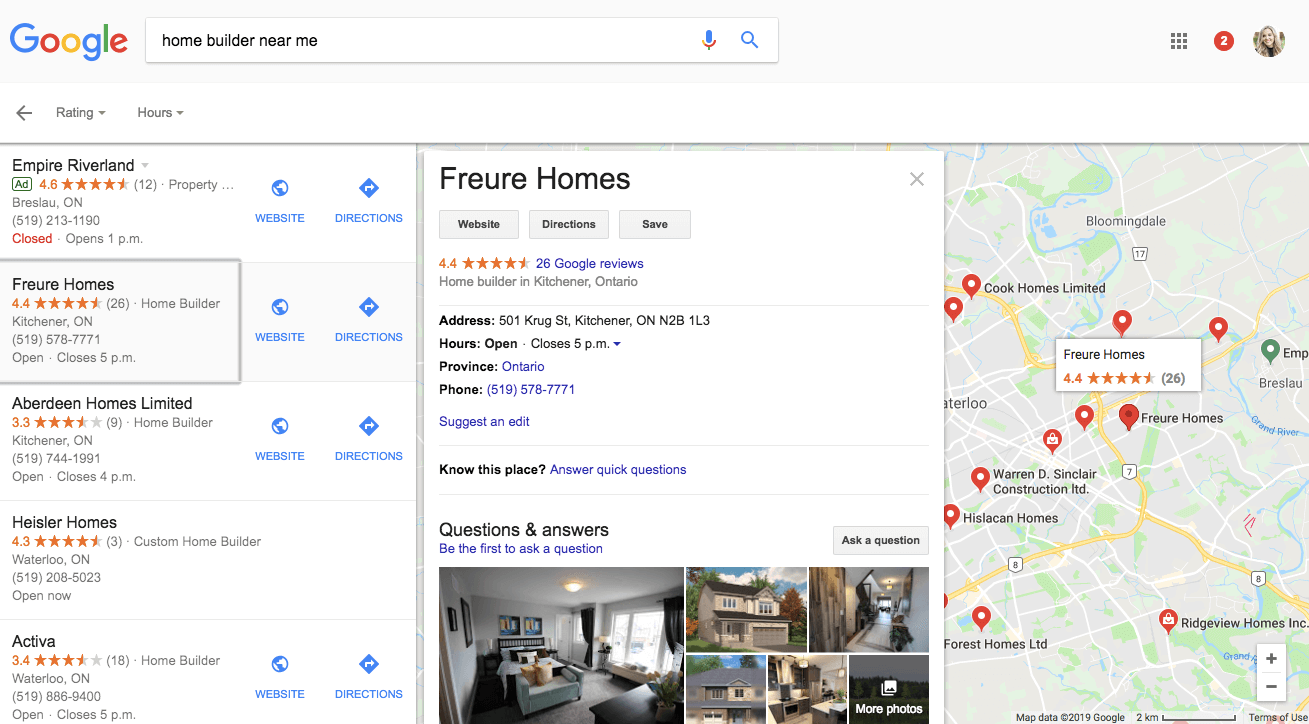
Claiming your Google My Business listing helps you provide the information potential customers are looking for when researching your service.
In addition to legitimacy, having a Google My Business listing is also one of the fastest ways provide the most information possible to customers who are searching for your brand, product, or service without having to get them to your website. Claiming your listing means that potential leads within range of your location conducting searches for your service will find your business quickly and straight-forwardly. One of the best parts of Google My Business? It's free to claim your business and can result in thousands of impressions of your business online!
Invest in Search Engine Optimization.
One of the most valuable things that your custom home building business can invest in is search engine optimization. Search engine optimization (also known as SEO), is the process of improving your website's unpaid visibility in search engines like Google through a number of technical and creative techniques. The goal of SEO is to make your website more visible online, thereby increasing your traffic and ultimately sales results.
When your target audience is searching for a custom home builder in the area you service, one of the first things that customer will do is conduct a Google search to find some of the brands they could work with. When they enter keywords related to your business, such as "custom home builder [insert your city here]", having your website appear on the first page can make or break your ability to make the sale. If your competitors have invested in SEO and you have not, it's likely that you'll lose the customer to the one who has taken the time to ensure that their website is optimized for Google.
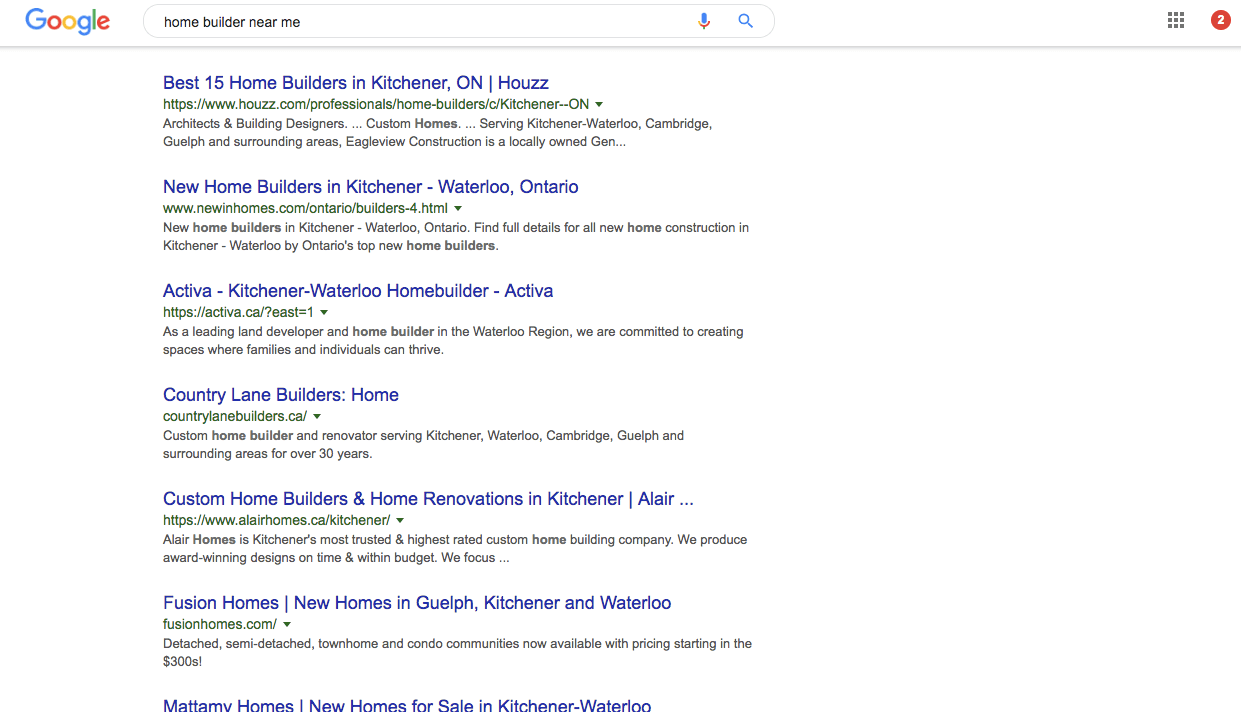
Optimizing your content for Google search increases the likelihood of your customers finding your website.
SEO is all about building your brand's topic authority for the product or service you offer. Some of the ways you can do this are through on-page SEO; including meta tag optimization, using the right heading tags, releasing relevant content such as blog posts, including relevant keywords throughout all of your pages, and much more. The truth is, website optimization is an ongoing, ever-changing art that typically requires a team of marketing specialists who can keep your website relevant as SEO changes over time. If you're new to the world of SEO and are wondering how to start optimizing your website, download our free SEO Checklist to get started today!
Create a Social Media Community.
If we know anything about social media, it's that it's not going away any time soon — in fact, there are 3.397 billion active users on social media today. Creating social media profiles for your custom home building business is an excellent way to start gaining followers online, share content such as promotions and behind the scenes photos of your work, as well as develop relationships with past and future customers.
Before creating your profile(s), the first thing to consider is which social media platform your target audience is spending the majority of their time on. If you create profiles on pages like Twitter and Google+ but your audience is spending their time browsing through Instagram and Facebook, you'll miss the opportunity to connect with them where they are. As a custom home builder, it's likely that you'll want to choose platforms that allow you to showcase your work visually, such as Facebook, Instagram, and Pinterest. These are common platforms for businesses who are looking to share photos of their products while also simultaneously building relationships with their current and future client base.
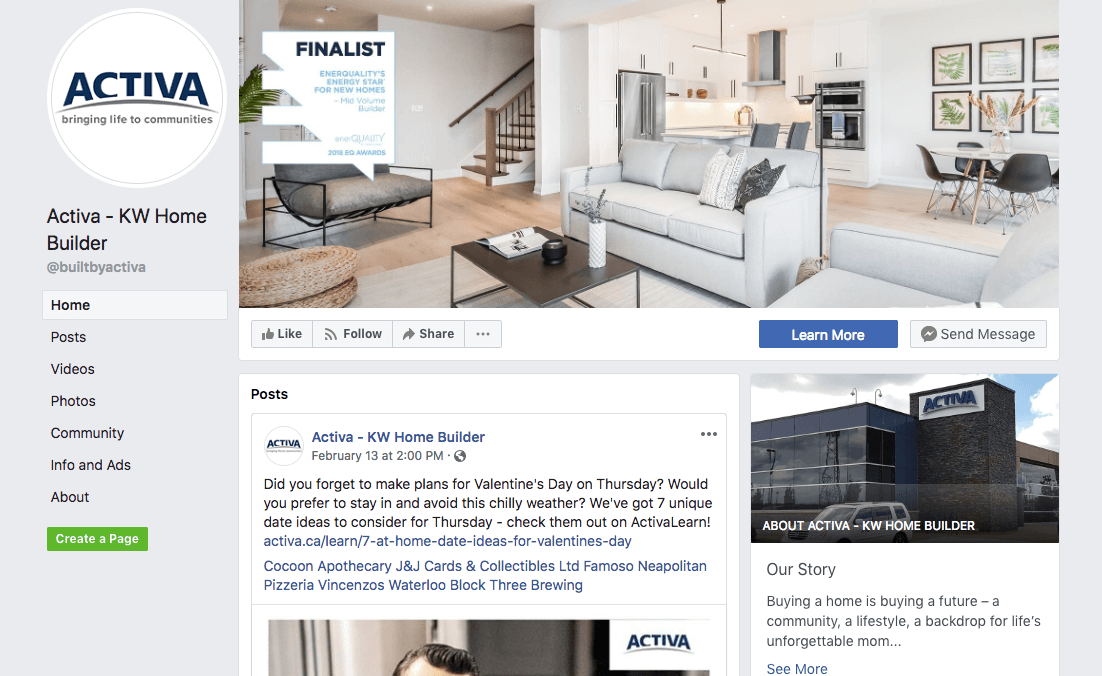
Home builder Activa uses Facebook to promote their services and build community online.
Once you've created your profile(s), it's time to determine what types of content you are going to share. When it comes to content, the sky is really the limit! Your followers may respond well to before and after images of your work, progress updates on projects, customer testimonials, or inspirational images. An easy tool to create customer testimonials is Clipchamp. Over time, you will notice trends in which posts perform the best and will gain a deeper understanding of what it is your followers really appreciate about your business page.
Use Paid Ads
So you have a brand website, you've claimed your Google My Business listing, invested in SEO, created social media profiles, and you're still not noticing any positive results. Now what?
Often, the investments that you make in digital marketing can take time to be realized by search engines. Google still needs to recognize your SEO efforts, and building a large following on social media doesn't happen overnight. Don't lose hope, though—one of the ways to accelerate getting noticed online is to invest in Paid Ads. Paid Ads come in many forms, including popular tools like Google Ads, Facebook Ads, YouTube Ads and even LinkedIn ads. For a small investment, these platforms allow you to pay for the traffic, impressions, and hopefully conversions that you are looking for.

Custom home builder Canterbury uses Facebook Advertisements to promote their services on the social platform.
Facebook Advertising is an incredible tool that allows you to target your audience intentionally, down to their interests, hobbies, or stage of life. You can create and send ads to the people you want to notice your custom home building business online, directing more traffic to your website or social media pages. Companies like Relevantly help businesses like yours in running Facebook Advertising campaigns by researching your audience and creating ads that are proven to convert! Keep in mind, though, that paid ads are not and shouldn't be used as a substitute for search engine optimization. While paid ads are a great short term solution for traffic, they won't generate the results you are looking for over time. Finding the right balance between SEO and paid ads for your business i the best approach to take.
Start Building
As a home builder, you've worked too hard on your custom homes to let them go unnoticed. By investing in a digital marketing strategy, including website SEO, social media, and paid ads, we really believe that your business will gain the online traction it needs to thrive.
Wondering how to get started or how to balance marketing your business while running it? We understand that business owners have a lot on their plate, which is why our team at Profitworks has helped countless home builders like you create and run an effective marketing strategy. Contact us today to find out how we can help!


